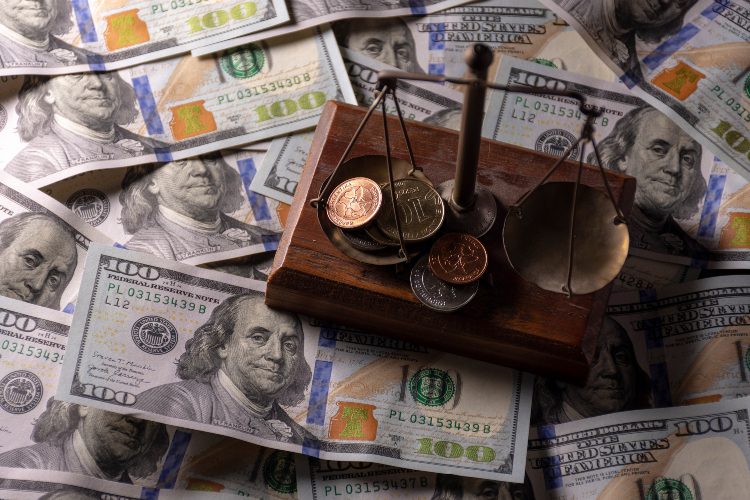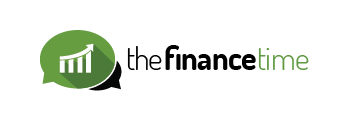
Although the Federal Reserve’s recent move on funds caused housing, food, and energy costs to grow tremendously, it has also become a great way to earn money from savings accounts. How does one get the most out of their returns on savings?
Focus On Your Savings Accounts Amid Inflation

Let’s look in the eyes of reality: the target federal funds rate has grown by 3% already because of the Federal Reserve. Before 2022 ends, it plans to add one more percent to the sum. While it’s a working move against high inflation, American residents struggle to cover various costs as housing, food, and energy prices keep rising. So, what can save an average American during these trying times? There’s one simple response – focus on your savings accounts. As much as it hurts to pay more for basic needs, the returns on savings are also growing just as swiftly. And as rate increases also wait for consumers in 2023, according to Greg McBride, chief financial analyst at Bankrate.com, it’s the perfect time to see how those savings have been working out so far.
“We’re at levels we haven’t seen since 2009. Interest rates are rising at the fastest pace in 40 years,” McBride said. “Even if you’ve never looked at it, now’s the time.” And if you’re an online savings account owner, listen up. The initial interest growth is focused on online savings accounts! Ken Tumin, a senior industry analyst at LendingTree, said that smaller providers and credit unions are pushing the 3% agenda the most, including Dollar Savings Direct and Quorum. Others with skyrocketing rates are Merchants Bank of Indiana and certain accounts at Elements Financial, another credit union in Indiana.
Certificates Of Deposit And Series I Bonds

Thanks to the 3% interest raise, certificates of deposit and Series I bonds have been at the best interest rate. Certificates of deposit, in particular, will let the consumer keep an interest rate for a fixed period, based on the maturity date. It can vary from six months to five years. “Those 3% yields are the best we’ve seen in many years,” McBride said. “But they’re probably going to go still higher, particularly on the shorter maturities, the one- and two-year CDs.” Series I bonds, on the other hand, have hit the high of their popularity, as they currently rose to a 9.62% interest rate – the biggest number across all savings accounts. That particular rate will be reset in November.
“If you buy in October, you’ll get six months of that 9.62% and then another six months of probably something over 6%,” Tumin said. So, if you’re planning to cash in and get the most returns on your savings accounts, turn to Series I bonds. Remember that there are cons to that: the returns can’t be withdrawn until the second year, but it’s better to wait for five years. Otherwise, the owner will lose three months’ interest. That said, anyone hoping to open savings accounts should have an emergency fund of three to six months’ expenses. Otherwise, look for more open sources of returns like online savings accounts discussed before.
Aim for small goals when opening one. “It’s not just the 3% you’re earning in the savings account,” McBride said. “It’s also a buffer between you and 18% credit card debt when unexpected expenses arise.”
Sources: CNBC, NBC News, Next Advisor
